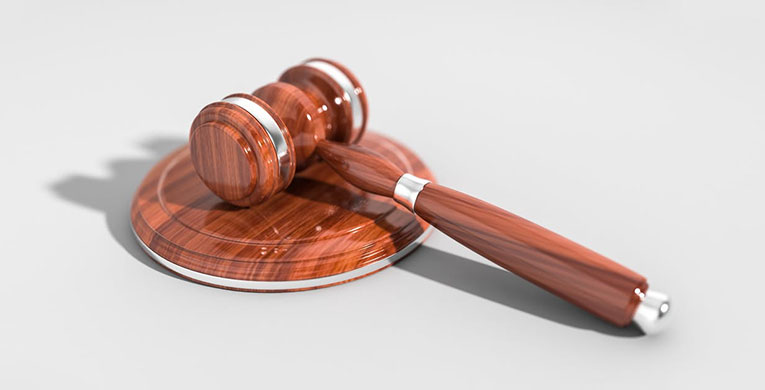A copyright establishes a number of exclusive rights to the creator or owner of a creative work. The stated purpose of copyright is to encourage creativity and invention by protecting the intellectual property of the creator and/or owner. By protecting the creator of an original and unique work from infringement of their rights by others.
The unauthorized copying or other appropriation of a copyrighted work is called copyright infringement. This type of infringement can lead to damages based on the creator’s loss of sales or even a loss of the copyright itself. When someone infringes on your copyright, seeking relief from a copyright infringement requires that you follow a certain process that must be handled well. Here are the basic steps for fighting a case of copyright infringement.
- Step 1: Establish that your work qualifies for copyright and is protected. - Copyright protection extends to any work that can be "fixed in a tangible medium." That means you have to [rove two simple things; that the work is one that can be copyrighted. Then, you just have to prove that you created the work and that it is sufficiently original.
- Step 2. Register Your Copyright - While you do not have to officially register your work at the Copyright Office, you will have to be able to prove your copyright in order to file suit against the infringer.
- Step 3. Confirm You Did Not Grant Permission to Use Your Work - If you gave permission, even casually or implicitly, to use your work or any part of it, you could easily derail your infringement claim. Keep in mind, work created for hire usually belongs to the individual or company who hired you, so you should look at your employment contract for details in those instances. Also, you may have sold the work or licensed it.
- Step 4. Establish Access and Document the Infringement - Since the infringer is likely to claim the similarity between their work and yours was accidental or incidental, you will have to prove the infringer had access to your work. There are many ways to do this, through admission, eyewitness testimony, or even gaining access to your copy of the work somehow. Then, be sure to gather evidence of the infringement itself, by collecting examples of the infringement. If the case goes to trial, you will have to document everything. It is also necessary to document the date of the infringement, since the statute of limitations for infringement suits is three years.
- Step 5. Document Your Loss of Income or Other Damages - The one thing everyone needs to prove in any civil lawsuit is their damages. If you have lost money, you will need to carefully document your income both before and after the infringement. If the infringement cost you a job, or created other hardships, you should fully document that.
Put simply, if you believe you are the victim of copyright infringement, you will have to be able to prove your case. You will have to prove the work is yours, and you will have to prove the date your copyright was effective. You will also have to prove the use of your work wasn't fair use. For example, if someone quoted one paragraph from your 500-page novel, the court may determine it was "fair use." It is also "fair use" to only use fact sets from your work and put the information into their own words, or to include information from your work with proper citation.
In any case, if you feel you are a victim of copyright infringement, hire an established copyright attorney to help you out. You should also try to hold off any legal action by proving your copyright and the date of first use by depositing your work into our system, which can be used to absolutely establish your copyright.

